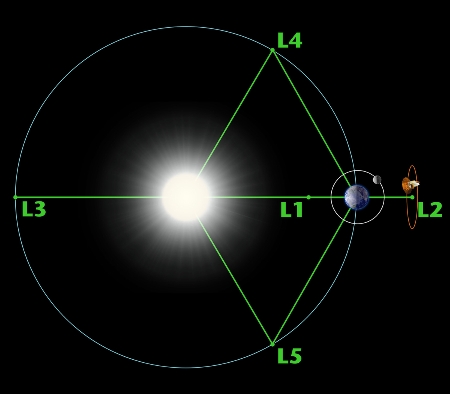7667766266
enquiry@shankarias.in
Lagrange Points: Parking Places in Space

Lagrange Points
Benefits of Lagrange points
Kamov 226T